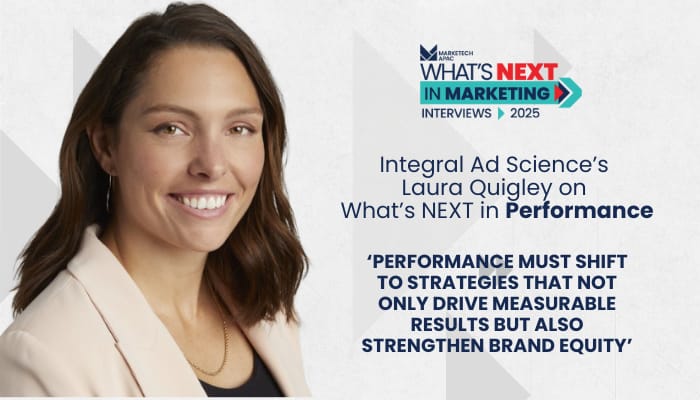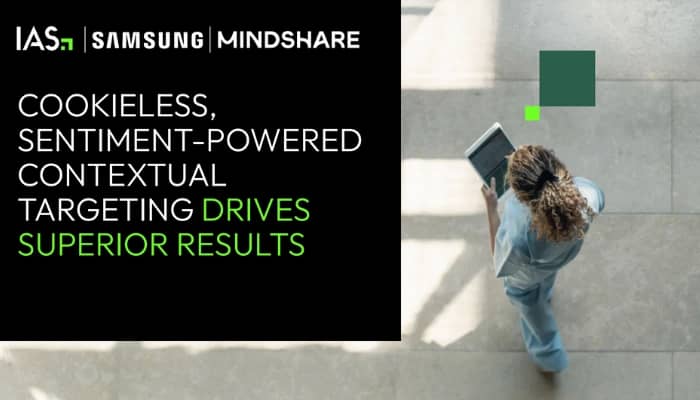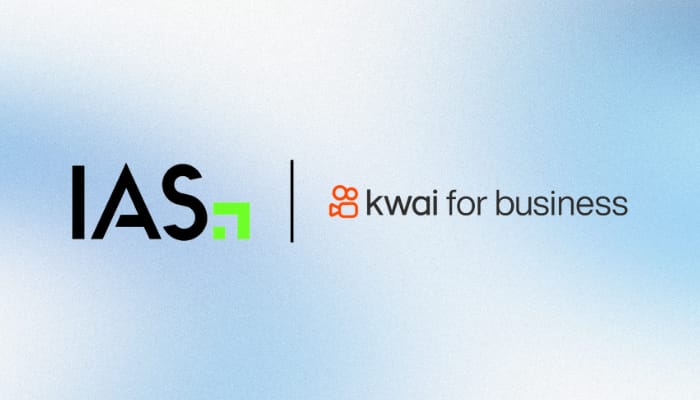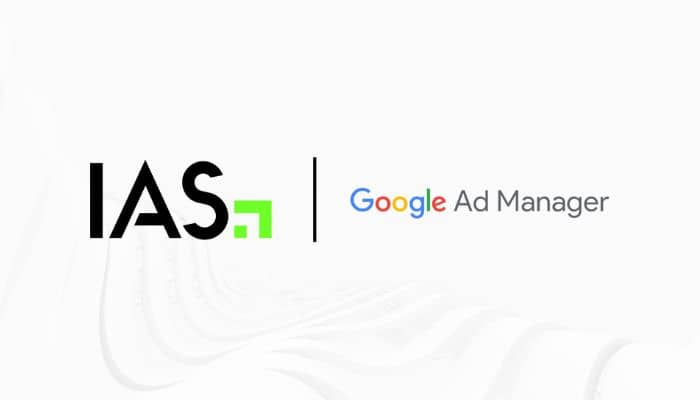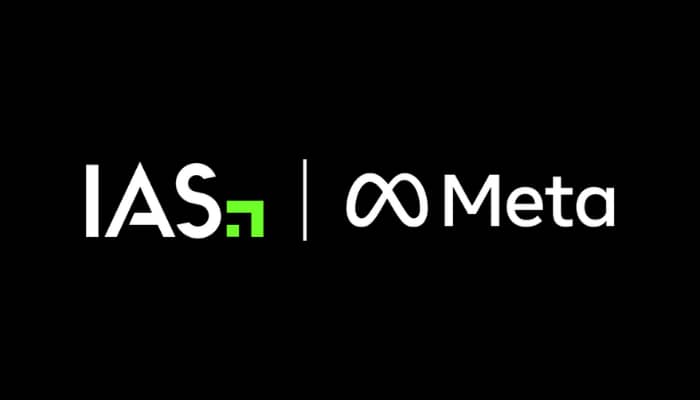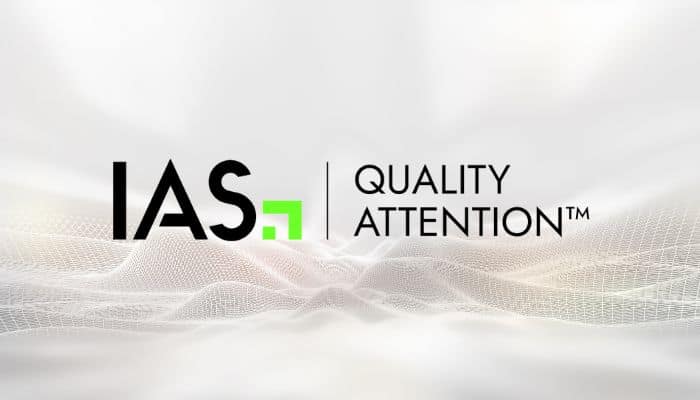More than ever, brands seek performance solutions to drive efficiency and maximise outcomes on their ad spend. Fueled by the rise of digital platforms, automation tools, and sophisticated analytics, marketing performance has empowered businesses to optimise campaigns in real-time, ensuring that every dollar spent contributes to tangible results. Higher quality media leads to higher return on ad spends for customers.
The performance landscape is evolving rapidly, presenting businesses with opportunities and challenges. As competition intensifies, brand equity becomes a crucial differentiator, influencing consumer trust, loyalty, and long-term growth. Marketers are shifting their focus from short-term conversions to building stronger, recognisable brands that drive sustained engagement and customer lifetime value.
In our latest What’s NEXT in Marketing interview, we sat down with Laura Quigley, senior vice president for Asia-Pacific at Integral Ad Science (IAS) to discuss how to navigate the changing landscape in marketing performance, the role of attention, and how marketers can strategically build brand equity through context-driven campaigns that foster consumer trust, enhance brand recognition, and drive long-term engagement while maintaining precise audience targeting.
Future-proofing campaigns for impactful results
For Laura, driving performance equates to driving efficiency and outcomes, helping advertisers reduce media waste and safeguard brand equity in the evolving media landscape. Building and protecting brand equity, strategic brand positioning, and multi-channel strategies will drive brand performance in 2025, which has become essential.
“Brands are adopting more context-driven, personalised approaches while leveraging diverse channels like the open web, social platforms, connected TV (CTV), and digital video to engage consumers effectively, strengthening brand recall and fostering consumer trust”, she stated.
She also noted how marketers should be able to navigate these new changes, stating, “Marketers can future-proof campaigns by optimising placements, reallocating budgets based on attention outcomes, and ensuring brand-suitable environments. This ensures measurable, impactful results while enhancing ROI in a dynamic, consumer-first environment.”
In response to these new trends, IAS aims to help its clients protect and strengthen brand equity while driving performance by combining cutting-edge technology with actionable insights to safeguard brand reputation.
“Through advanced tools like Context Control and Quality Impression™, IAS helps advertisers place their ads adjacent to brand-suitable and high-quality environments,” Laura added
How can thoughtful measurement improve campaign efficiency?
One of the things that Laura highlighted is that when ads are placed in contextually relevant environments, they not only protect brand equity but also drive stronger engagement and outcomes.
An instance of this in action is IAS’s partnership with Mastercard in Southeast Asia to support their global brand safety benchmark of 98% while reducing fail rates and invalid traffic in programmatic campaigns.
For context, Mastercard desired to receive real-time performance signals to help them efficiently optimise their campaigns before bids are placed on possible unsuitable environments. Moreover, the global financial brand needed a trusted global pre- and post-bid verification partner who could help execute an increased brand safety pass rate, reduce block rate/fail rates and reduce invalid traffic.
By implementing IAS’s pre- and post-bid solutions—including Contextual Avoidance and Fraud Detection—Mastercard achieved around 82% improvement in invalid traffic and 72% improvement in cost of quality impression.
For Laura, the partnership highlights how thoughtful measurement and optimisation can improve campaign efficiency while supporting broader brand goals.
“Marketers can benefit from setting clear safety and suitability guidelines, using pre-bid solutions to prioritise high-quality environments, and analysing campaign insights to refine their approaches. By embedding these practices, brands can drive performance while building long-term consumer trust,” she explained.
How to maintain brand equity while balancing results
Laura admits that looking ahead, driving performance will continue to operate in a complex and dynamic environment shaped by a fragmented media landscape and evolving consumer behaviours.
For her, these shifts will likely present challenges in maintaining strong brand equity while delivering measurable results. To foster performance, Laura shares his three-pronged approach to how brands should navigate these challenges:
- Attention and media quality metrics: Metrics that measure attention, engagement and media quality ensure that campaigns drive meaningful interactions and relationships between brands and consumers that strengthen brand equity.
- Personalisation at scale: Effective personalisation goes beyond audience targeting and into contextual relevance. By aligning ads with the right content, brands can enhance engagement while maintaining efficiency. Contextual strategies ensure that messaging resonates at the right moments, strengthening consumer connections.
- Consistency across multi-channel strategies: As advertisers leverage various platforms, seamless integration and cohesive messaging are critical. This consistency strengthens brand identity and drives performance for long-term growth.
“Performance must shift to strategies that not only drive measurable results but also strengthen brand equity. Brands are increasingly leveraging contextual targeting, first-party data, and privacy-safe solutions to build trust with consumers and maintain compliance with regulations like GDPR and CCPA,” she said.
Laura also added, “Through transparent, granular reporting, IAS ensures brands have visibility into campaign performance and ad placement. IAS helps brands achieve measurable outcomes while fostering trust with consumers and advertisers.”
Flexibility and commitment to innovation
When asked about her advice for marketers to future-proof their brand equity and performance strategies, Laura mentioned that Marketers need to be agile and adaptable in their strategies. Moreover, prioritising trust and transparency through strategies like contextual targeting to engage audiences is fundamental.
“Although third-party cookies continue to play a role, adopting new technologies and solutions is essential to ensure accurate optimisation and measurement. This is where attention-based measurements would provide deeper insight into engagement and allow marketers to optimise campaigns effectively,” she explained.
“By maintaining flexibility and committing to innovation, marketers can navigate these changes while building meaningful connections with their audience, ensuring long-term success in a privacy-first world,” she concluded.
***
The future of performance and brand equity lies in balancing data-driven precision and consumer engagement. Leveraging contextual targeting and privacy-compliant measurement tools will allow marketers to optimise performance while ensuring contextual and high-quality engagements. Ultimately, brands prioritising marketing effectiveness and data responsibility will drive sustainable growth and strengthen long-term brand equity in an increasingly privacy-centric digital landscape.

